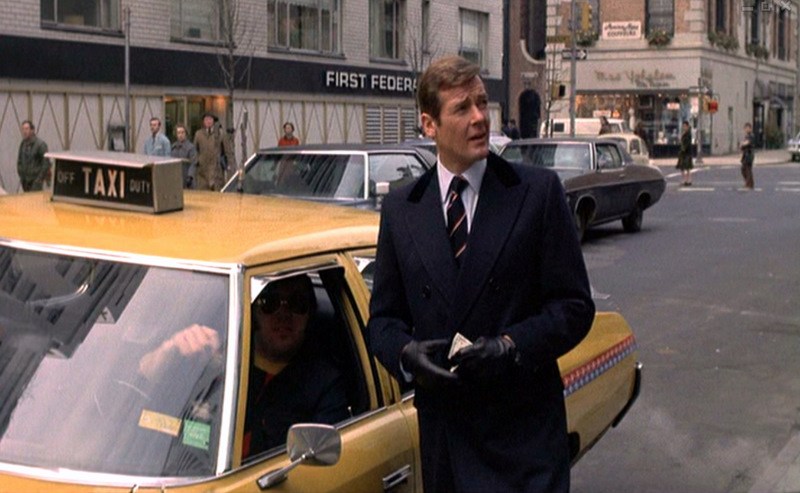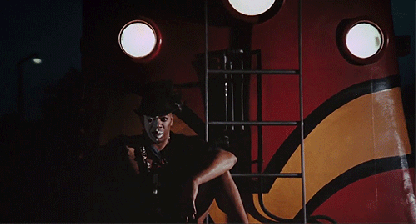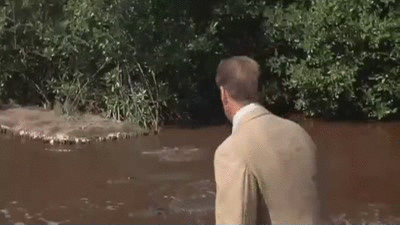
Below is an article about the English dessert known as the Trifle:
ENGLISH TRIFLE
Trifle is an English dessert that is made from thick custard, diced fruit, sponge fingers or thin layer sponge cake that is soaked in fortified wine, sherry or fruit juices and topped with whipped cream. The ingredients are usually arranged in three or four layers, while suspended in fruit-flavored jelly or gelatin.
The dish can be traced back to the later years of Queen Elizabeth I's reign. The earliest recipe for trifle consisted of a thick cream flavored with sugar, ginger and rosewater. The recipe, which was published in an 1587 English book called "The Good Hyswife's Jewell" by Thomas Dawson. Sixty years later, eggs were added to the recipe and the custard was poured over alcohol soaked bread.
It was not until the mid-18th century that something like the modern trifle began to emerge. Biscuits soaked with wine were then in place at the bottom of the bowl, and custard was on top of them, while the topmost layer could be achieved by pouring whipped syllabub froth over all. When this froth was replaced by plain whipped cream, the process of evolution was virtually complete. While some believe the addition of jelly to the recipe to be recent, the earliest known recipe to include jelly dates from 1747 and was featured in "the Art of Cookery", authored by Hannah Glasse. In her recipe she instructed using hartshorn or bones of calves feet as the base ingredient for the jelly.
Below is a recipe from the Food.com website for a traditional trifle:
English Trifle
Ingredients
1 packet single trifle sponge cakes (or a ready-made pound cake or similar)
1 pint English custard, made from bird custard powder
1⁄2 pint whipping cream (heavy)
1 package frozen berries (better than fresh)
100 g jar of strawberry jam
1 can sliced fruit or 2 very ripe fruit, skinned and sliced
1⁄4-1⁄2 pint cooking sherry
50 g sliced almonds, toasted
Preparation
Slice the cake into slices measuring about 3 x 2 x 1/2 inches, or whatever is convenient, and spread each slice with a little strawberry jam.
Layer in a glass dish, leaving no significant gaps.
Pour sherry over to soak sponge.
Spread frozen berries over sponge, followed by sliced fruit.
Make up custard, cool slightly and pour over all.
Allow to cool in fridge.
When set, whip cream and layer on top of custard.
Chill for at least half an hour.
Toast the almonds and scatter over.































































